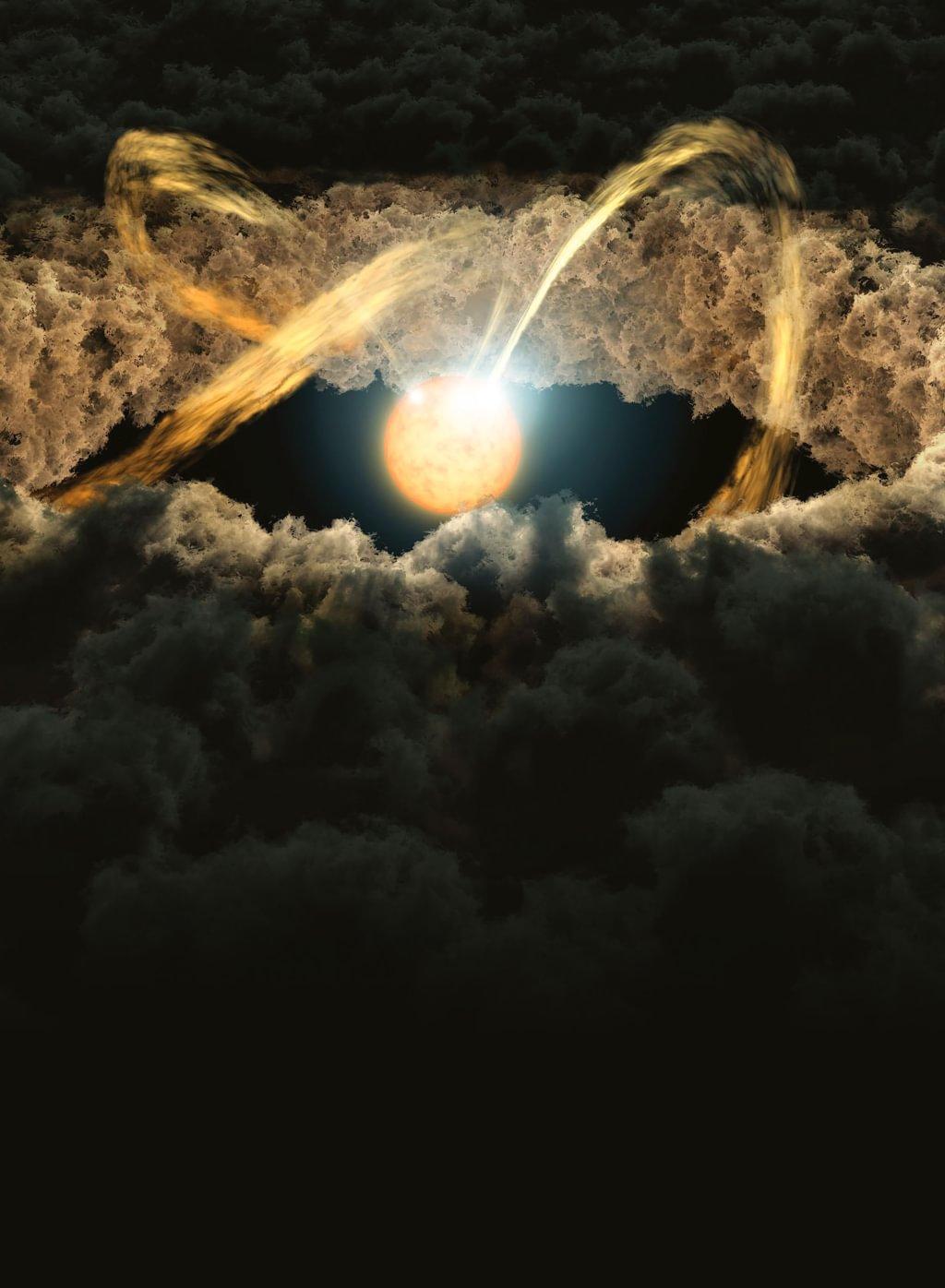
Planets form from the constant accumulation of material in a star’s younger years
EXOPLANETS
Do stars smaller than the Sun generally host smaller planets than the ones in the Solar System?
The Sun is a typical star, but many smaller stars exist in the universe. Red dwarfs are the smallest stars, with only 10 to 50 per cent the size of the Sun. Over the past two decades, many planets have been detected around such red dwarf stars. Surprisingly, these planets are not much different from the planets found around Sun-like stars. Many of them are rocky, Earth-like planets like, for example, the seven planets detected around the TRAPPIST-1 star and the two around Proxima Centauri, the closest star to the Sun.
On the other hand, a significant fraction of them are large gas giant planets like Jupiter. In fact, some red dwarf stars host planets ten times as big as Jupiter. How these planets form remains an unsolved mystery.
Small red dwarf stars do not have enough material in the discs around them to form such big planets. However, it is possible that their discs had much more material when






